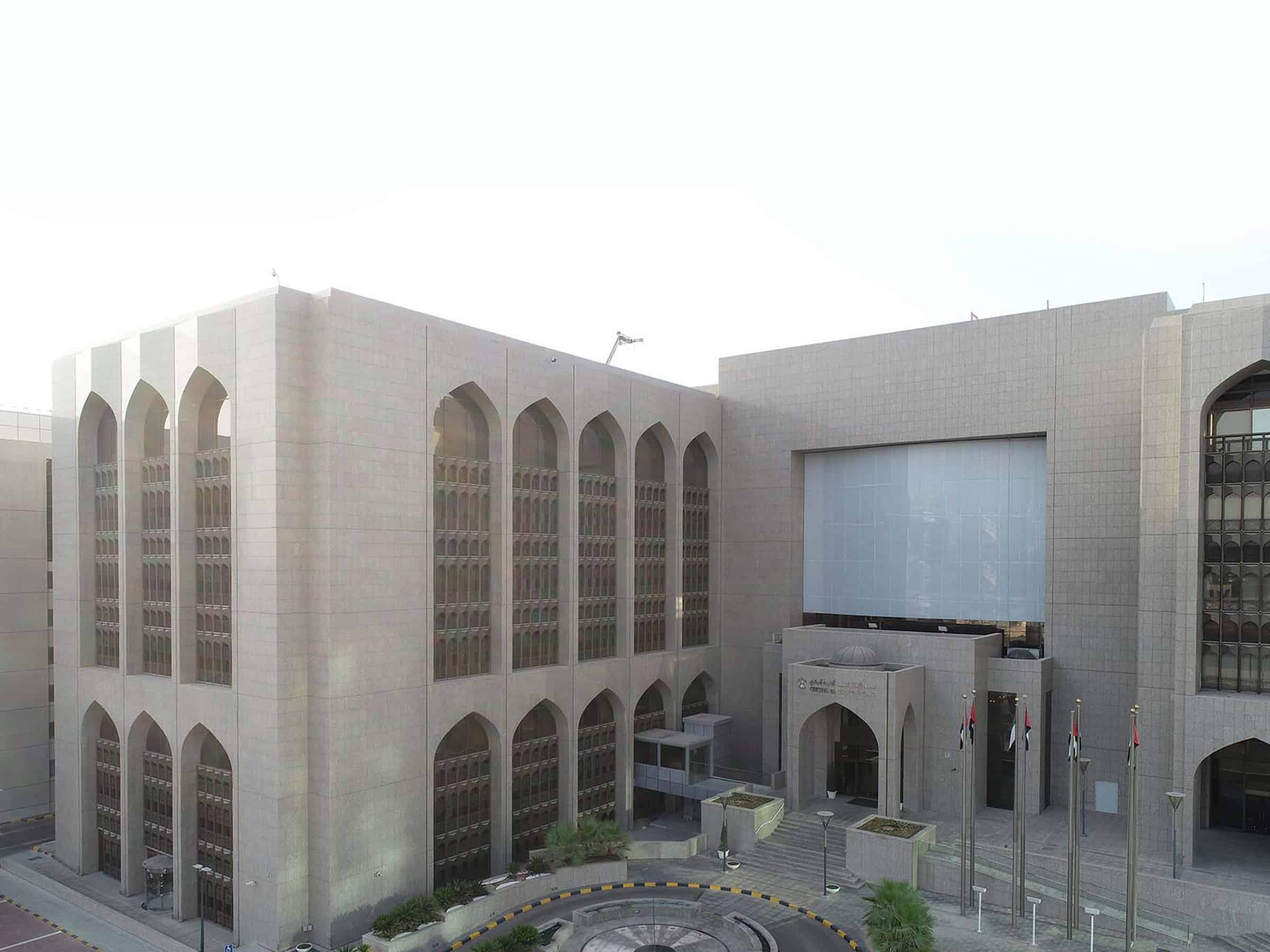Abu Dhabi, UAE — In the wake of the US Federal Reserve’s decision to maintain its interest rates, GCC countries, including the UAE and Qatar, have opted to follow suit.
The US Federal Reserve, on Wednesday, voted to keep interest rates at a 22-year peak, suggesting that these rates might need to persist at these highs to effectively temper inflation.
The Central Bank of the UAE (CBUAE) announced its decision to keep the Base Rate for the Overnight Deposit Facility (ODF) unchanged at 5.40 percent, effective from 21 September 2023.
This move mirrors the US Federal Reserve Board’s recent announcement to maintain the Interest on Reserve Balances (IORB). Additionally, the CBUAE will continue to set the rate for short-term liquidity borrowing at 50 basis points above the Base Rate. The Base Rate, tied to the US Federal Reserve’s IORB, reflects the CBUAE’s general monetary policy direction.
Similarly, Qatar Central Bank (QCB) has decided to retain its current interest rates for deposit (QCBDR), lending (QCBLR), and repo (QCBRR). In a recent statement, QCB emphasized its commitment to monitoring economic conditions and adjusting its monetary policy as needed. The current rates stand at QCBDR (5.75 percent), QCBLR (6.25 percent), and QCBRR (6 percent).
Fed Chair Jerome Powell, in a post-decision press conference, stated, “We are prepared to raise rates further, if appropriate, and we intend to hold policy at a restrictive level until we’re confident that inflation is moving sustainably toward our objective.”
Despite 11 interest rate hikes since March of the previous year, inflation remains above the Fed’s target of two percent annually.
The Fed’s decision, which aligns with market expectations, offers a respite for many Americans grappling with the effects of previous rate hikes on loans and mortgages. Powell highlighted the Fed’s commitment to addressing both inflation and unemployment, referencing the institution’s dual mandate.
Recent positive economic indicators have sparked optimism that the Fed can curb inflation without inducing a recession. Updated forecasts from the Federal Open Market Committee (FOMC) suggest a brighter economic outlook than previously anticipated. The FOMC has also hinted at the possibility of another rate hike by year’s end to address inflation concerns.
Economic analysts, including those from Citi and Goldman Sachs, have weighed in on the Fed’s decisions, with Citi economists labeling the move as “unambiguously hawkish.” Meanwhile, Goldman Sachs analysts have reduced their recession predictions for the US, reflecting a more optimistic economic outlook.
Fed President Austan Goolsbee emphasized the goal of maintaining a “golden path” – balancing inflation control with economic growth and employment stability. Powell, reiterating the Fed’s data-driven approach, stated, “Given how far we’ve come, we are in a position to proceed carefully as we assess the incoming data and the evolving outlooks and risks.”








